100% Conversion of CO2–CH4 with Non-Precious Co@ZnO Catalyst in Hot Water
Published in Chemistry, Earth & Environment, and Materials

The efficient conversion of carbon dioxide (CO2) into valuable hydrocarbons is a critical step towards sustainable energy solutions. Now, researchers from the School of Environmental Science and Engineering at Shanghai Jiao Tong University, led by Professor Daoping He and Professor Fangming Jin, have developed a novel hydrothermal CO2 methanation process using a non-precious Co@ZnO catalyst. This innovative approach achieves a remarkable 100% conversion of CO2 to methane (CH4) under optimized conditions, offering a sustainable and efficient solution for CO2 utilization.
Why This Research Matters
- High Efficiency: The Co@ZnO catalyst enables a complete conversion of CO2 to CH4, with no detectable by-products such as CO or higher hydrocarbons.
- Non-Precious Metals: The use of cobalt (Co) and zinc (Zn) as catalyst components avoids the need for expensive noble metals, making the process more cost-effective.
- Sustainable Energy: This method leverages solar energy and hydrothermal conditions, providing a green pathway for CO2 reduction and methane production.
Innovative Design and Features
- Co@ZnO Catalyst: The catalyst features a unique structure where honeycomb-like ZnO nanosheets grow in situ on the Co surface. This structure stabilizes Co in its metallic state and enhances its catalytic activity.
- Hydrothermal Process: The reaction is conducted in a hydrothermal environment, where Zn is oxidized to produce hydrogen, which then reduces CO2 to formic acid and ultimately to CH4.
- Stable and Selective: The Co@ZnO catalyst maintains its activity over multiple cycles, with no significant leaching of Co, ensuring long-term stability and high selectivity for CH4.
Experimental and Practical Validation
- Reaction Mechanism: In situ hydrothermal Fourier Transform Infrared (FTIR) spectroscopy confirms that formic acid is an intermediate in the CO2 methanation process. The Co@ZnO catalyst effectively converts formic acid to CH4 without forming CO.
- Optimization: The study identifies optimal conditions for maximum CH4 yield, including reaction temperature, duration, and the ratio of Zn to Co.
- Energy Efficiency: The process is energetically favorable, with the energy released from the reaction compensating for the energy input required to heat the reactants after just three moles of reaction.
Future Outlook
This groundbreaking work presents a simple, sustainable, and highly efficient approach for CO2 methanation. By using abundant and non-precious metals, this method offers significant potential for practical applications in CO2 utilization and sustainable energy production. Further research could explore the scalability and integration of this process with renewable energy systems.
Stay tuned for more innovative solutions from Professor Daoping He and Professor Fangming Jin at Shanghai Jiao Tong University!
Follow the Topic
-
Nano-Micro Letters

Nano-Micro Letters is a peer-reviewed, international, interdisciplinary and open-access journal that focus on science, experiments, engineering, technologies and applications of nano- or microscale structure and system in physics, chemistry, biology, material science, and pharmacy.

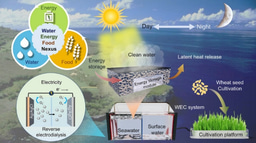
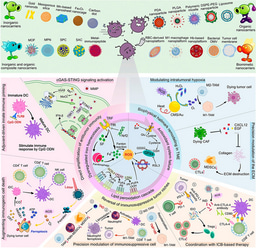
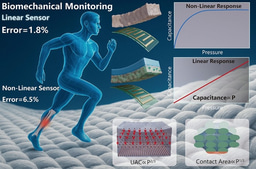
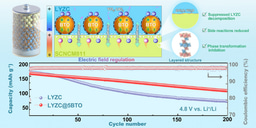
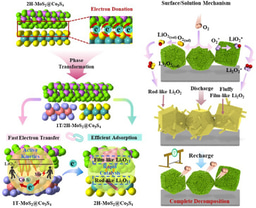
Please sign in or register for FREE
If you are a registered user on Research Communities by Springer Nature, please sign in